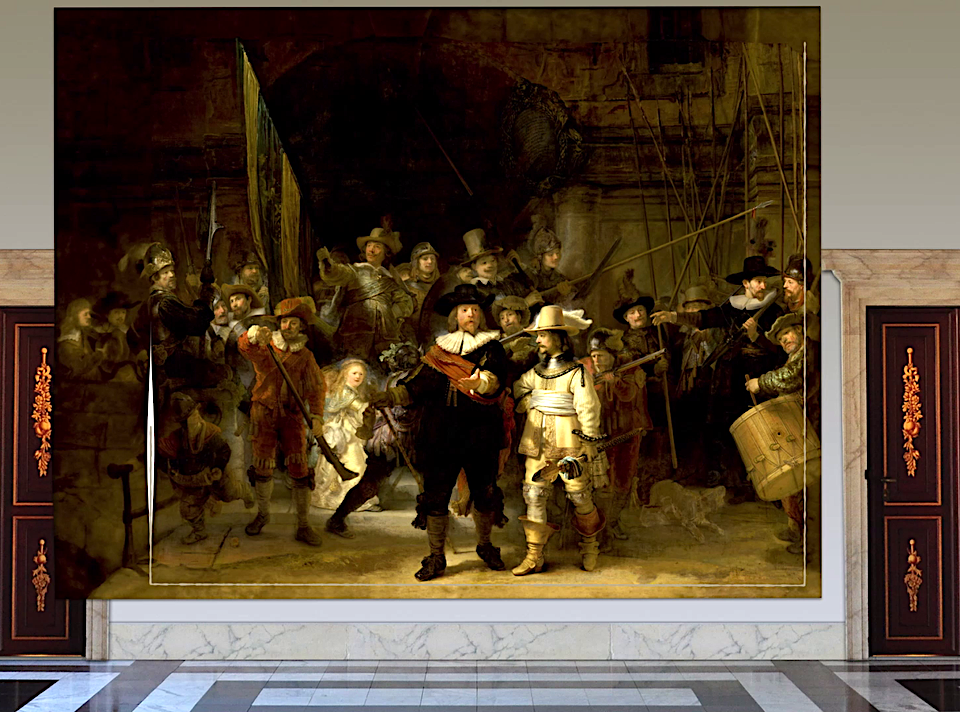If you had broken up with your college boyfriend and he told you that he written an 11-minute song about you while on enough LSD to kill a horse, would you want to hear it? Or would you block his number on your phone?
Or maybe because said boyfriend is Jim Morrison and the band is the Doors and the song is “The End,” we’ll let it slide, because whether or not you think Jim’s lyrics are super deep or supercilious, the groove is undeniable, four small furry musicians gathered together in a studio and grooving on a raga, conjuring up Eastern mysticism with Western instruments.
In Polyphonic’s explainer video on “The End,” he pulls apart The Doors’ magnum opus, the closer to its 1967 debut album, analyzing the song in real time as it unspools. (There’s a few moments where Polyphonic and Morrison are vocalizing at the same time—we recommend turning on captions).
The girlfriend in question was Mary Werbelow, Morrison’s steady in the early ‘60s before he chose the path of putting his poetry to music. The Werbelow/Morrison couple had to die for the Doors to be born, in a sense, and Morrison started the lyrics as a goodbye song, a standard pop trope at the time. (There’s a very touching, rare interview with Werbelow here). But Morrison took it in another direction, we could say.
“The End” might be the first musical example of the Psychotronic Breakup genre. Defined by Noah Segan and Adam Egypt Mortimer when talking about film, the Psychotronic Breakup genre “uses dream imagery, paranormal ideas, or the horror genre to express the emotional drama of heartbreak.” Segan and Mortimer’s definition deals only with film, but Morrison does the same thing with song, a little over ten years before the films they discuss. “The End” is a breakup song that breaks down the psyche like LSD, sending the injured party back to basics, and into a universe of archetypes. Things are dying. Things are being reborn. There’s a blue bus which is calling us, and that is either a reference to the Solar Boat in Egyptian mythology or a reference to the Santa Monica bus system (according to one wag in the comments). Or hey, maybe it is both, because Morrison is tapping into something here, much like James Joyce created layers of myth within the quotidian. (Morrison achieves this by walking backwards into it, however.)
Polyphonic gets into the song’s Oedipal Cliff Notes section, describing how it all came fluming out of Morrison on stage, the band having dragged him to a gig at the Whiskey a Go-Go after he consumed “10,000 mikes” (i.e. 10,000 micrograms, about ten full doses) of LSD. A few days later the “kill your teachers, kill your parents” riff was committed to tape, this time also on LSD.
For all its pretense the song still works. And though Morrison never did reconcile with his girlfriend, the song did find its soul mate when Francis Ford Coppola used “The End” as the opening to Apocalypse Now, another work of art that drained the life force from its creator. There are no real cover versions of “The End,” and there are no films past Coppola’s that can use it without irony. It exists like a totem, to be found and puzzled over.
(But because this is late capitalism and everything is terrible, Polyphonic’s segue into a sponsor ad at 11:46 is something wondrous to behold in its perverse beauty. Be warned, my only friend.)
Related Content:
“The Lost Paris Tapes” Preserves Jim Morrison’s Final Poetry Recordings from 1971
A Young, Clean Cut Jim Morrison Appears in a 1962 Florida State University Promo Film
Ted Mills is a freelance writer on the arts who currently hosts the Notes from the Shed podcast and is the producer of KCRW’s Curious Coast. You can also follow him on Twitter at @tedmills, and/or watch his films here.








